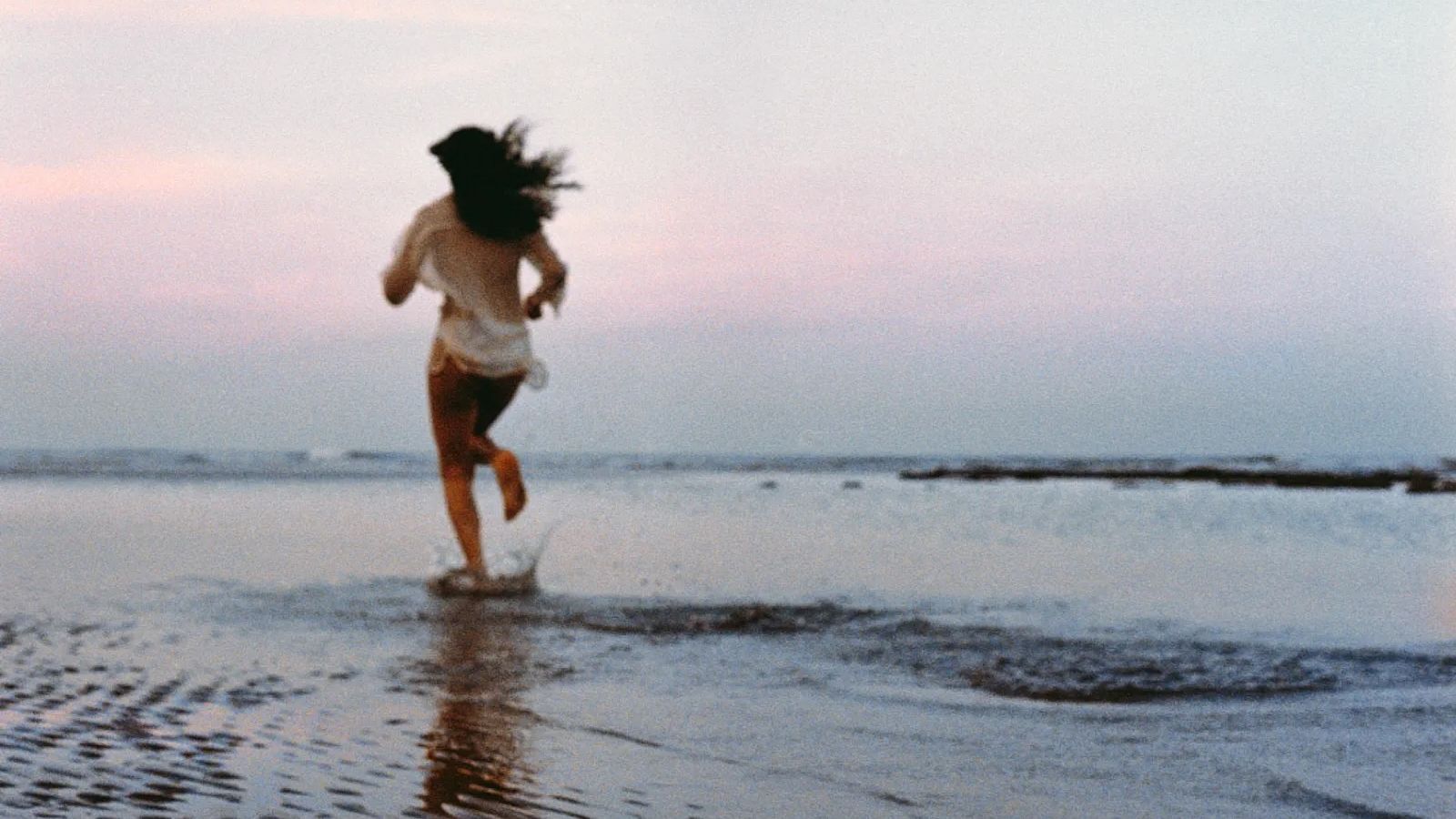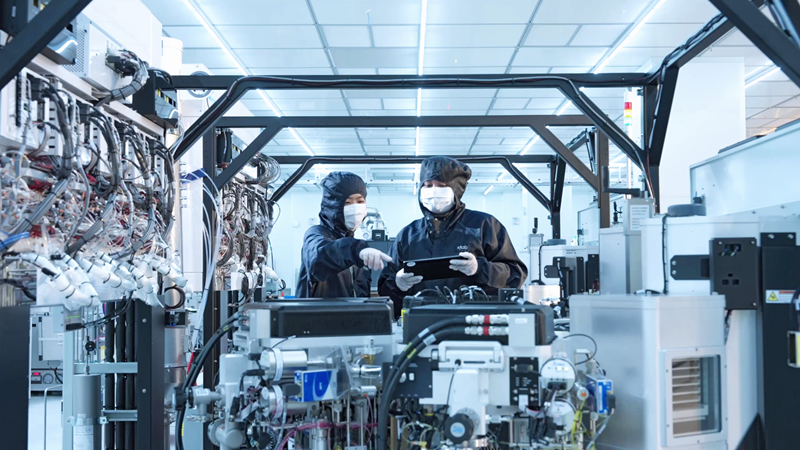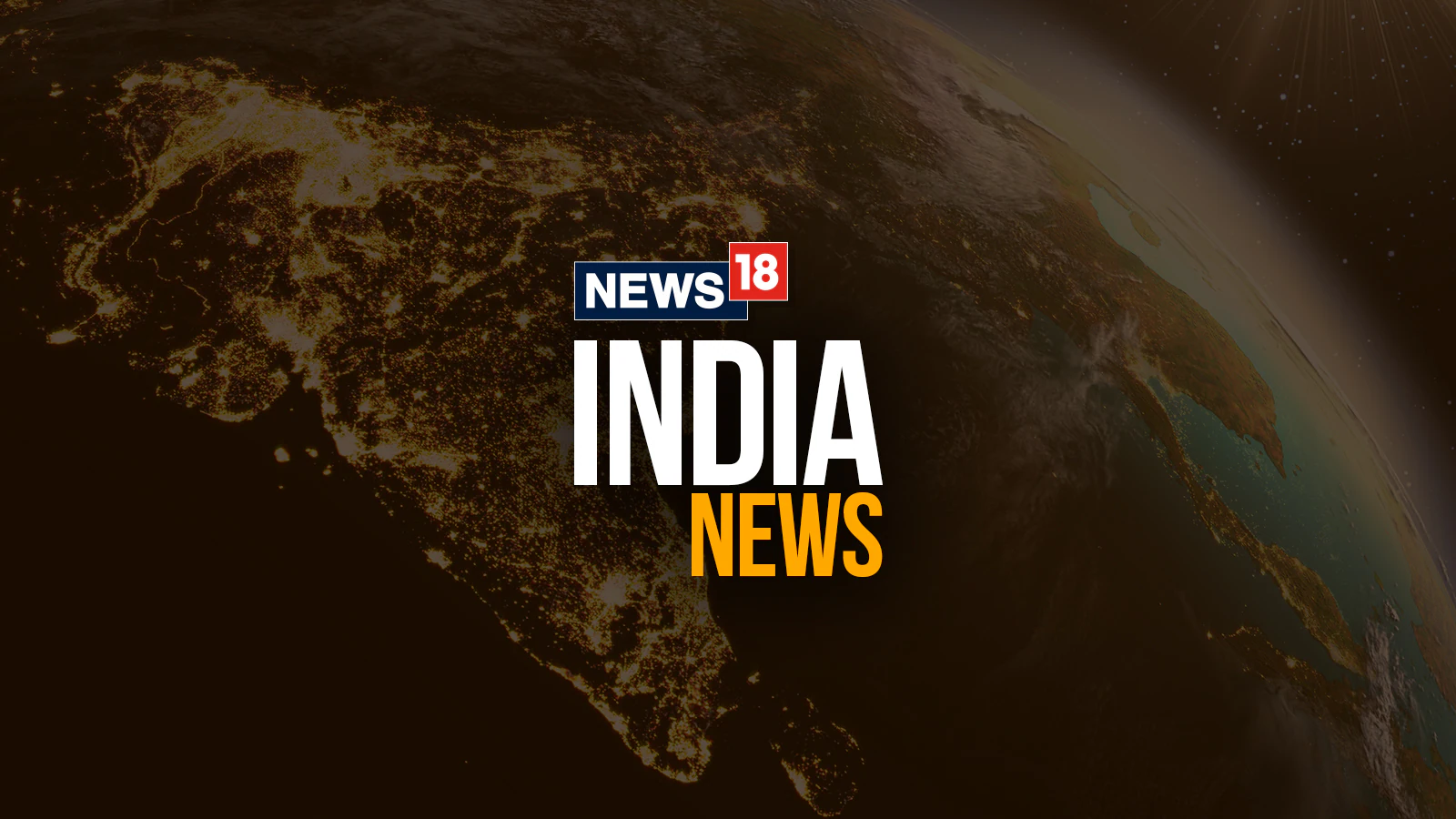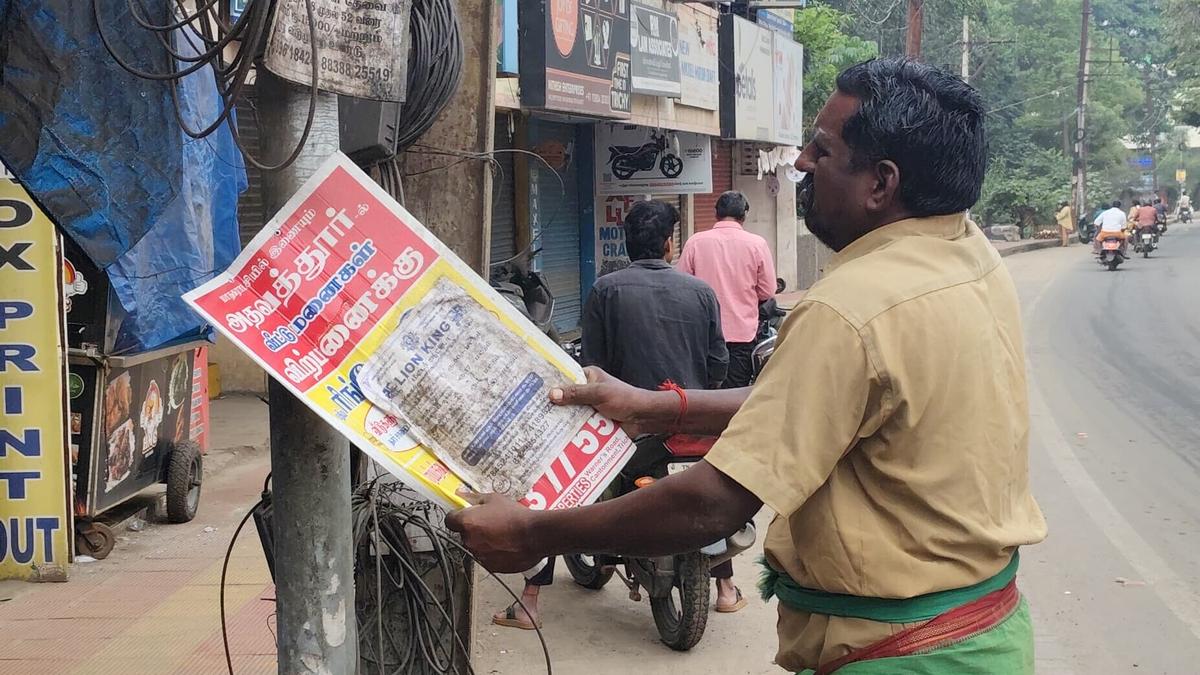By Faye Remedios
Copyright vogue

Does running age your face? Dermatologists say the changes, often described as runner’s face, are less about the sport itself and more about what your skin is exposed to while you train. Over time, a post-run glow can give way to hollow cheeks, sharper contours and a prematurely aged look.
“Runner’s face is not a medical diagnosis,” says Dr Geetika Mittal Gupta, medical aesthetician and founder of ISAAC Luxe. “It’s a descriptive term for a set of visible facial changes sometimes observed in people who run extensively, especially outdoors. These changes can include sunken cheeks, more prominent bony contours, deepened nasolabial and marionette lines (smile lines), leathery or wrinkled skin from sun damage, and an overall prematurely aged appearance.”
Running itself isn’t the culprit. It’s the environment runners move through. “Outdoor exercise subjects the skin to cumulative oxidative stress from UV radiation, heat, and pollutants,” explains Dr Taruna Yadav, head of Ayurvedic research and communications at Forest Essentials. “This accelerates the breakdown of collagen and elastin, the scaffolding that keeps skin firm and youthful. Sweat and dehydration then compound the impact, stripping away natural oils and weakening the skin barrier.”
Who’s most at risk of runner’s face?
Those logging long hours outdoors without consistent skin protection are most prone. The changes aren’t sudden; they build slowly over months and years of endurance training.
“Long-distance runners, such as marathoners, are more likely to show signs of runner’s face compared to sprinters,” says Anand Thakur, fitness expert at Reaviva Holistic Health. “Endurance training uses energy systems that, over time, can contribute to both fat and muscle loss, which may lead to a leaner, more hollow appearance. In contrast, sprint training supports muscle strengthening and helps maintain a more anabolic, muscle-preserving state.”
For recreational runners or those who balance mileage with strength work and skincare, the risk is far lower and often preventable.
The skincare playbook for runners
The first hints of runner’s face are easy to miss: slightly flatter cheeks, deeper smile lines, faint under-eye hollows or sun spots that linger. Left unchecked, those early changes can progress into more pronounced signs of ageing that creams alone won’t reverse.
Prevention, then, becomes the real focus and sunscreen remains the frontline defence. “A broad-spectrum, water-resistant sunscreen with SPF 30 or 50, applied 20–30 minutes before you run and topped up every few hours, makes all the difference,” says Dr Siddhi Tiwari of The White Door. Caps, sunglasses and UPF clothing add another layer of protection.
Beyond sun care, hydration—inside and out—plays a crucial role. Moisturisers with ceramides, peptides or hyaluronic acid replenish what sweat strips away, paired with oral antioxidants such as lycopene supplements (after consulting a specialist) to reinforce the skin from within. Topical vitamin C in the morning and retinol at night form the classic protect-and-repair duo, while Ayurvedic practices like abhyanga (self-massage with oils) and herbal masks support lymphatic drainage and restore suppleness.
For those seeking stronger intervention, Dr Geetika Mittal Gupta points to fillers or bio-stimulatory injectables for volume, peels and lasers for pigmentation, and devices like Emface for lift. Some practitioners also use antioxidant infusions or NAD drips to aid cellular repair.
Fuel and recovery
Endurance without strength work speeds up fat and muscle loss, leaving the face sharper than intended. “Combine aerobic activities with consistent muscle-strengthening exercises to maintain healthy metabolism and preserve muscle tone, which indirectly supports skin health,” says Thakur.
Under-fuelling the body might shave seconds off a run, but it also slows the repair systems skin depends on. “Moderate fat loss is healthy for the body, but the face tends to lose subcutaneous fat first,” says Payal Kothari, integrative nutritionist and gut health coach. She suggests a protein intake of 1.2–1.5 g/kg body weight, collagen boosters like vitamin C and amino acids, and healthy fats from avocado, coconut, ghee, or nuts. “The result is a body that feels younger without a face that looks older.”
Supplements can add another layer of support, especially for long-distance runners. “Runners require more protein than sedentary individuals,” says Shradha Sounil Khanna, AVP Nutrition and Research, Wellbeing Nutrition. She also points to collagen with vitamin C, triglyceride-form omega-3s and antioxidants from berries, green tea and turmeric. Electrolytes, meanwhile, help prevent the fine-line accentuation that comes with mild dehydration.
The point isn’t that running inevitably etches lines into your face. It’s those long runs that magnify whatever gaps already exist: in strength work, diet and recovery. Balance them, and the story your skin tells can be one of stamina, not strain.
10 antioxidant-rich foods to keep your skin glowing
A beginner’s guide to running for fitness and good health
The best time to take collagen, according to experts



